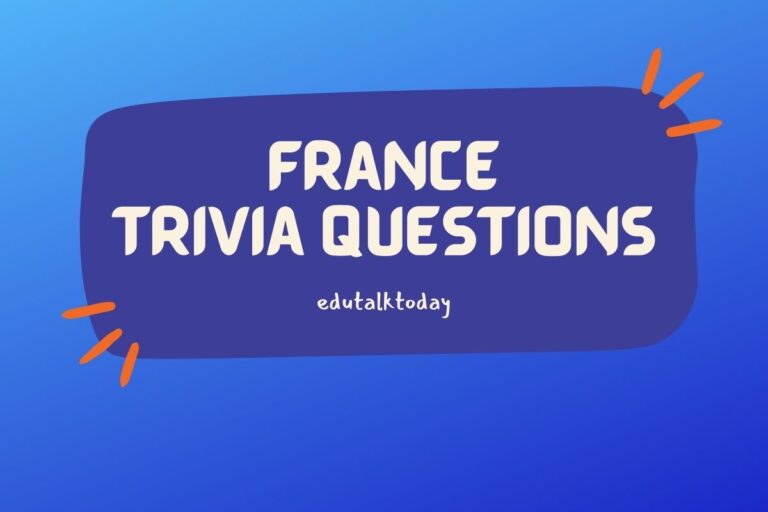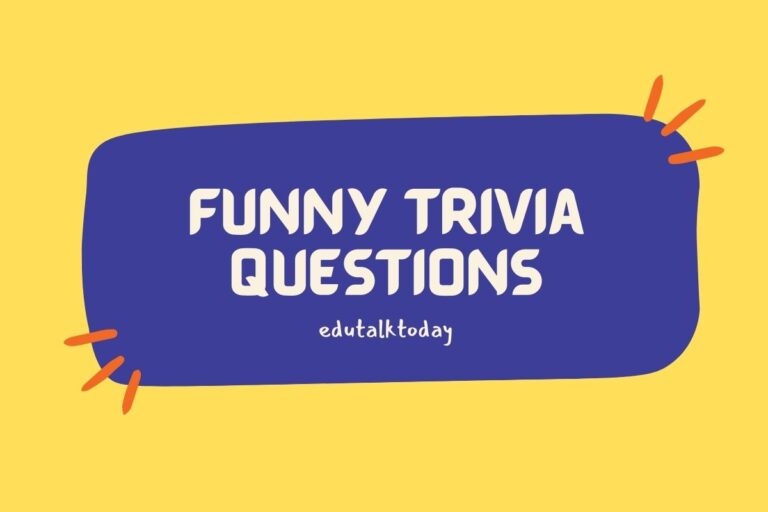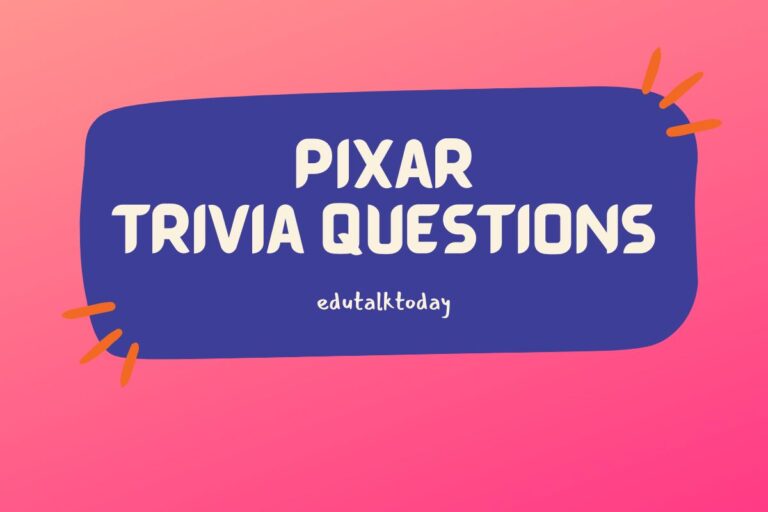39 World War 2 Trivia Questions

World War II was a pivotal moment in history that shaped the course of the 20th century. It involved countless events, battles, and personalities that continue to capture our imaginations.
Whether you’re a history buff or just curious about this monumental period, we’ve compiled a list of World War II trivia questions to challenge your knowledge.
Test yourself or use these questions to engage in a friendly quiz night with friends and family.
Let’s dive into the fascinating world of World War II!
World War 2 Trivia Questions
- What was the code name for the German invasion of the Soviet Union in June 1941, which remains one of the largest military operations in history in terms of manpower and casualties?
- Name the decisive naval battle in June 1942 that turned the tide in the Pacific Theater, marking a significant strategic victory for the Allies against Japan.
- What was the primary objective of the British-led Operation Chastise in 1943, which involved the Royal Air Force using a unique type of bomb?
- Who was the Prime Minister of the United Kingdom at the outbreak of World War II, and what was the name of the policy he is infamously known for regarding his dealings with Nazi Germany?
- Can you name the U.S. military project that led to the development of the first nuclear weapons during World War II?
- What was the last major German offensive campaign on the Western Front, which took place in the winter of 1944-1945, and is known for its surprise attack through the Ardennes Forest?
- Identify the first city that was targeted with an atomic bomb. What was the date of this historic and tragic event?
- Who were the main three Allied leaders at the Yalta Conference in February 1945, and what were the key decisions made at this conference?
- What was the name of the major battle in the Soviet Union, lasting from August 1942 to February 1943, that is often considered the turning point on the Eastern Front?
- Name the operation which was the largest seaborne invasion in history, initiated on June 6, 1944, to begin the liberation of Western Europe from Nazi control.
- What was the name of the British code-breaking project, headquartered at Bletchley Park, that deciphered the Enigma machine used by Nazi Germany?
- Who was the highest-ranking Nazi official to be tried and executed as a result of the Nuremberg Trials after World War II?
- Name the American pilot who flew the plane that dropped the atomic bomb on Hiroshima, Japan.
- What was the codename for the battle in which British and Commonwealth forces defeated the Italian army in North Africa in December 1940?
- Name the treaty signed on September 27, 1940, that established the Axis powers of World War II.
- What was the largest concentration camp and extermination camp operated by Nazi Germany, located in Poland?
- Who was the U.S. Army General known as the “Supreme Allied Commander” in Europe?
- What was the name of the major German offensive against the Soviet Union in 1942, aiming primarily at the Caucasus and the Volga River?
- Which Japanese city was the second to be targeted with an atomic bomb on August 9, 1945?
- What was the name of the British ship that was sunk by a German U-boat in 1940, leading to a significant loss of life, including many civilians?
- Who was the leader of the Free French Forces during World War II?
- Name the U.S. naval base attacked by Japan on December 7, 1941, which led to the United States entering World War II.
- What was the codename for the German plan to invade the United Kingdom during World War II?
- Which conference, held in July 1944, established the World Bank and International Monetary Fund?
- Who was the commander of the German Afrika Korps, famously known as the “Desert Fox”?
- What was the name of the major battle fought in the Ardennes region of Belgium in the winter of 1944, known for severe weather conditions and heavy American casualties?
- Who was the British scientist and mathematician who played a significant role in breaking the Enigma code?
- Name the first African-American military aviators in the United States Armed Forces, known for their service during World War II.
- What was the secret German communication device that was successfully decrypted by the Allies, giving them a significant advantage?
- Who was the Japanese admiral and naval strategist behind the attack on Pearl Harbor?
- What was the name of the declaration signed on August 14, 1941, by Franklin D. Roosevelt and Winston Churchill, outlining the Allied goals for the post-war world?
- Name the major battle in which the Soviet Red Army encircled and captured a large German army at a city on the Volga River in 1943.
- What was the name of the American aircraft carrier that was famously sunk during the Battle of Midway?
- Who was the leader of Italy during World War II?
- What was the primary target of the Doolittle Raid, the first American air raid to strike the Japanese home islands?
- What was the operation name for the German invasion of Denmark and Norway in 1940?
- Name the U.S. battleship that famously survived the attack on Pearl Harbor and later served in the war, including the signing of Japan’s surrender documents.
- Who was the Soviet Union’s foreign minister who signed the non-aggression pact with Nazi Germany in 1939?
- What was the name of the infamous Nazi propaganda minister?
Answers
- The code name for the German invasion of the Soviet Union was “Operation Barbarossa.”
- The decisive naval battle was the Battle of Midway.
- The primary objective of Operation Chastise was to destroy the dams in the Ruhr Valley, using the “bouncing bomb.”
- The Prime Minister was Neville Chamberlain, known for his policy of “appeasement” towards Nazi Germany.
- The U.S. military project was the “Manhattan Project.”
- The last major German offensive was the Battle of the Bulge.
- The first city targeted with an atomic bomb was Hiroshima, on August 6, 1945.
- The three main Allied leaders at the Yalta Conference were Franklin D. Roosevelt (USA), Winston Churchill (UK), and Joseph Stalin (USSR). Key decisions included the division of Germany into zones of occupation and plans for the United Nations.
- The major battle was the Battle of Stalingrad.
- The operation was “Operation Overlord,” commonly known as D-Day.
- The British code-breaking project was known as “Ultra.”
- The highest-ranking Nazi official executed was Hermann Göring, although he committed suicide before his execution could be carried out.
- The American pilot was Colonel Paul Tibbets, who flew the Enola Gay.
- The battle was “Operation Compass.”
- The treaty was the Tripartite Pact.
- The largest camp was Auschwitz-Birkenau.
- The U.S. Army General was Dwight D. Eisenhower.
- The offensive was named “Operation Edelweiss.”
- The second city was Nagasaki.
- The British ship was the HMS Lancastria.
- The leader was Charles de Gaulle.
- The naval base was Pearl Harbor.
- The German invasion plan was “Operation Sea Lion.”
- The conference was the Bretton Woods Conference.
- The commander was Erwin Rommel.
- The battle was the Battle of the Bulge.
- The scientist was Alan Turing.
- They were the Tuskegee Airmen.
- The device was the Enigma machine.
- The admiral was Isoroku Yamamoto.
- The declaration was the Atlantic Charter.
- The battle was the Battle of Stalingrad.
- The aircraft carrier was the USS Yorktown.
- The leader was Benito Mussolini.
- The primary target was Tokyo.
- The operation was “Operation Weserübung.”
- The battleship was the USS Missouri.
- The Soviet foreign minister was Vyacheslav Molotov.
- The Nazi propaganda minister was Joseph Goebbels.





